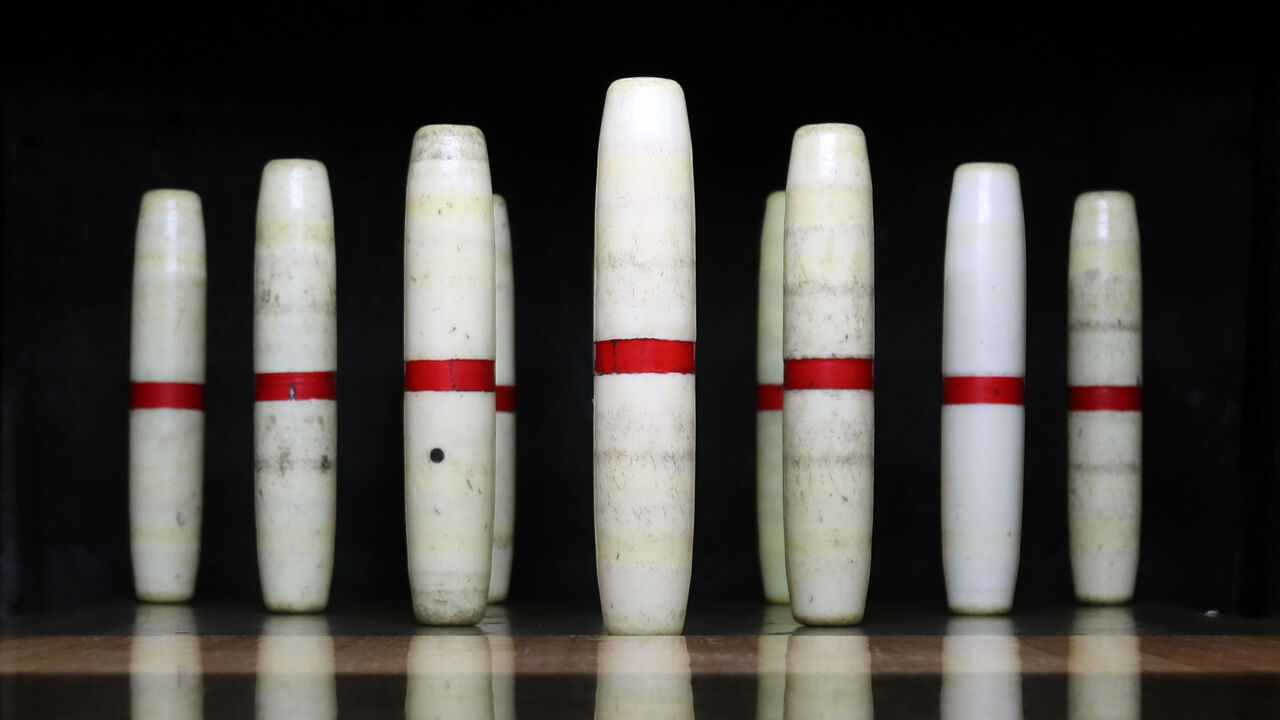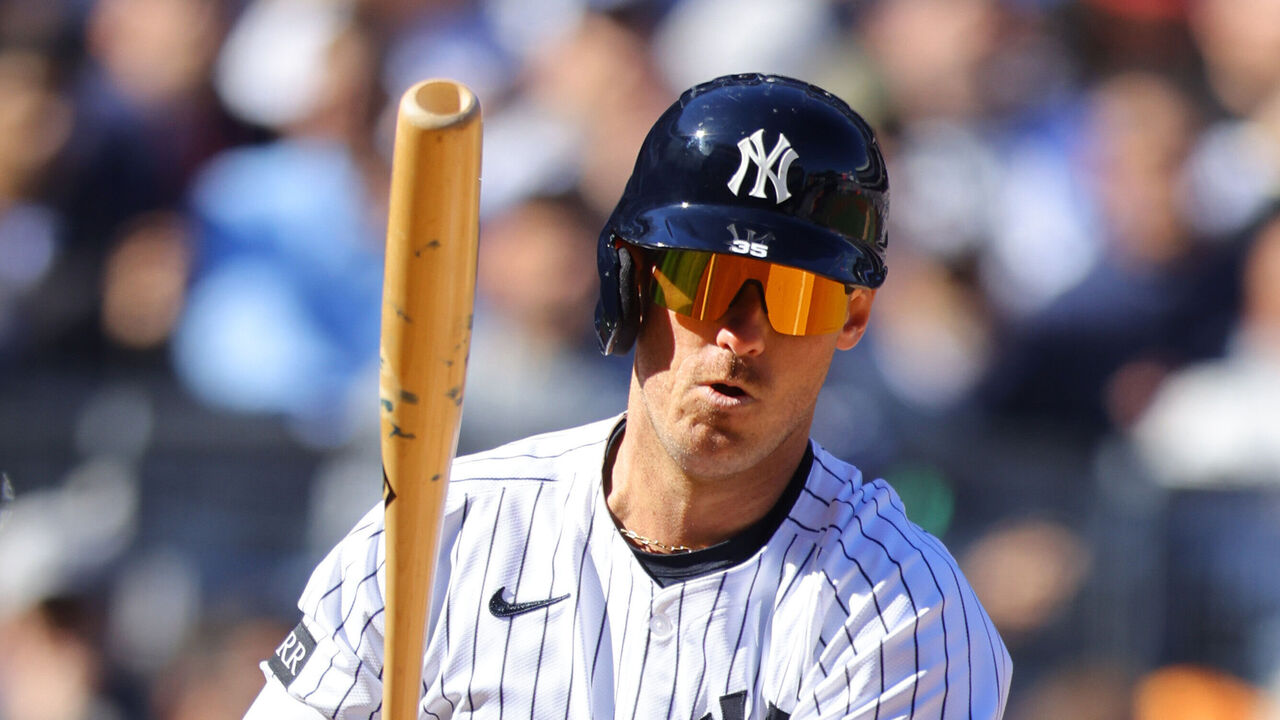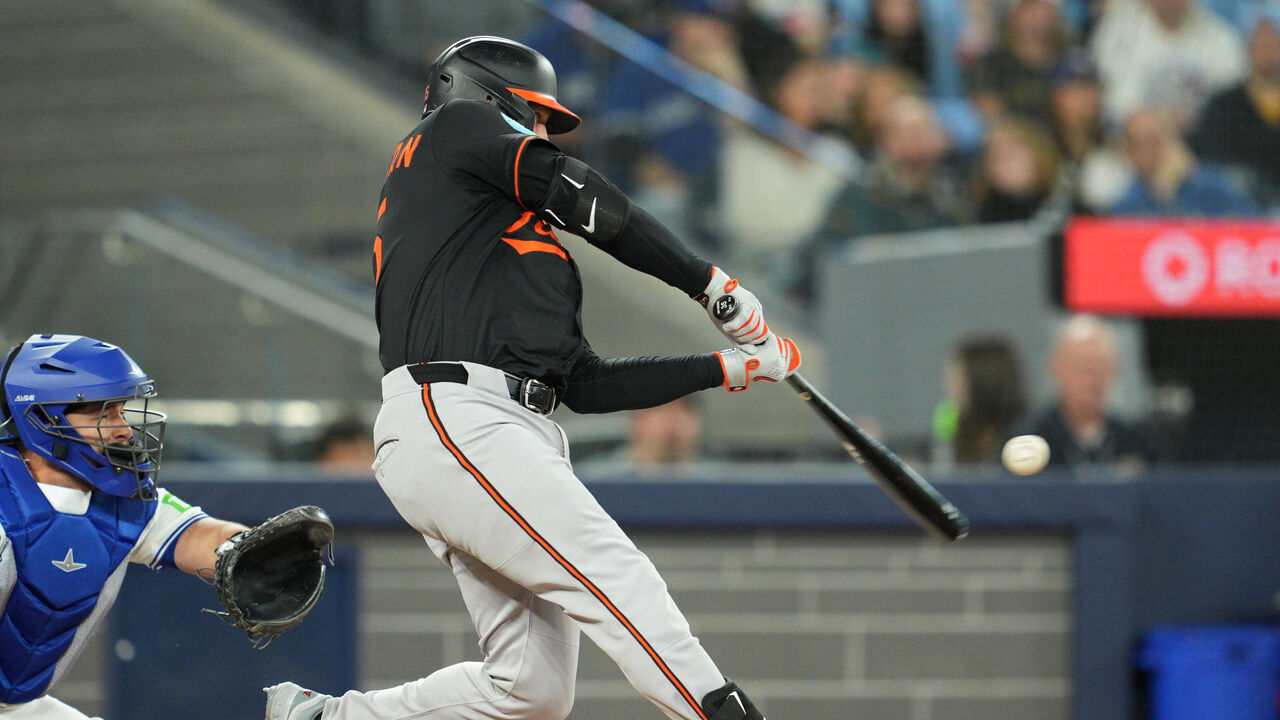Damn the torpedoes: Limited data won't quell orders for new bats
The biggest takeaway from the opening weekend of the MLB season? The New York Yankees unleashed what appeared to be a secret weapon with their so-called torpedo bats.
Given the attention they received, they're not a secret anymore.
The bats are unusual in how the mass gets distributed. The barrel looks straight out of candlepin bowling since there's less width at the end of the barrel and more in the bat's center. The idea is that this lowers and lengthens the bat's sweet spot.
The question is whether the torpedo bats mark a game-changing alteration or whether this was just an outlier series at the beginning of a new season.

At least five Yankees hitters used the bats when they tied an MLB record with 15 home runs during their first three games of the campaign. New York scored 32 runs across Saturday and Sunday, finishing a three-game sweep of the Milwaukee Brewers.
One MLB hitting coach told theScore that he expects the bat style to become the new standard.
"It's very easy to see where contact is made most often on the bat for each hitter," he said. "Virtually all hitters make more contact toward the label versus the end of the bat, so it makes sense for almost all."
The first three pitches Brewers starter Nestor Cortez tossed Saturday all resulted in home runs. That had never happened in a major-league game. Two were by hitters using the new bat: Paul Goldschmidt and Cody Bellinger. The long balls kicked off New York's 20-9 rout.
MLB announced over the weekend that the torpedo doesn't violate Rule 3.02, which states that a bat cannot be more than 2.61 inches in diameter and 42 inches in length.

The torpedo is the brainchild of former Yankees hitting analyst and MIT physicist Aaron Leanhardt, now a coach with the Miami Marlins. In 2022, he tried to improve contact quality by placing more mass where batters most often make contact, increasing exit velocity.
Some public data sleuths believe there's a benefit, with one analyst estimating a ball hit two inches below the traditional sweet spot might produce about a 5% bump in exit velocity compared to a regular bat.
"The concept makes so much sense," Yankees shortstop Anthony Volpe told reporters Sunday. "The bigger you can have the barrel where you hit the ball, it makes sense to me."
New York's Giancarlo Stanton also used the torpedo bat last October when he slugged seven homers in the postseason.
At least 13 known major leaguers are using the bats, according to accounting by Yahoo! writer Chris Cwik. Five are Yankees regulars, but Aaron Judge, who hit four homers over the weekend, isn't one of them.
Mets shortstop Francisco Lindor and Tampa Bay's Junior Caminero are using the torpedo. The Cubs' Dansby Swanson and Nico Hoerner, the Blue Jays' Davis Schneider, and the Twins' Ryan Jeffers are also among the other early adopters.
We'll need a lot more data to measure the bats' effect, but there might be some early measurable impact. Bellinger, Jazz Chisholm, and Caminero enjoyed career-best average exit velocities through Sunday's games. The Yankees' team average exit velocity (91.5 mph) is up nearly 0.9 mph from last year.

There might also be benefits regarding bat speed. Six of the 13 players using the torpedo have bat speeds that would mark career bests.
The Yankees' average bat speed is 72.6 mph this season, compared to 72.1 mph last year. If they average that number for the entire campaign, it would rank fifth since 2023, when Statcast first began tracking bat speed.
The Phillies' Bryson Stott said the bats aren't for everyone, though.
"If you're a guy that uses the whole bat, it's not for you," Stott said. "It's not one of those things where you can just call and say, 'I want this torpedo' because it might not work for you."
The Yankees are the first movers, but other clubs have experimented with the torpedo bat in recent years.
The Baltimore Orioles are one team that's used the torpedo in their system, and catcher Adley Rutschman is among the MLB hitters picking up the bat. He homered twice during the club's season opener against the Blue Jays.

This isn't the first time bat technology has changed as hitters try to keep pace with pitch-design breakthroughs from training centers.
In recent years we've seen the axe handle and larger knob handles introduced. Batters have gone to hitting labs searching for optimal weight and length for their bats, known as "bat fitting," similar to how golfers choose and create custom clubs.
But in the modern game, we haven't seen anyone rethink the shape of the bat barrel quite like this.
The bat might seem like an obvious place to look for an edge, but it was overlooked for whatever reason.
Perhaps it's because there are constraints in optimizing a bat. Only a few types of wood are legal, and there are restrictions to the length and weight. MLB has long frowned upon those players who cheated to create an edge by inserting cork or rubber balls in the barrel. But rethinking what a bat could and should look like might give hitters a newfound edge.
Travis Sawchik is theScore's senior baseball writer.